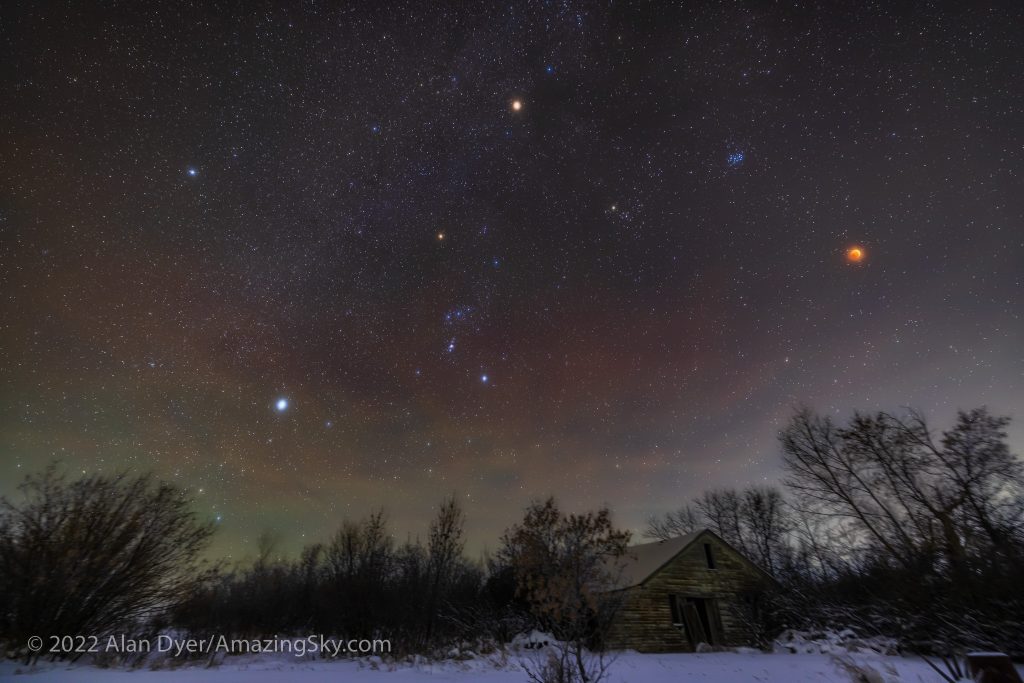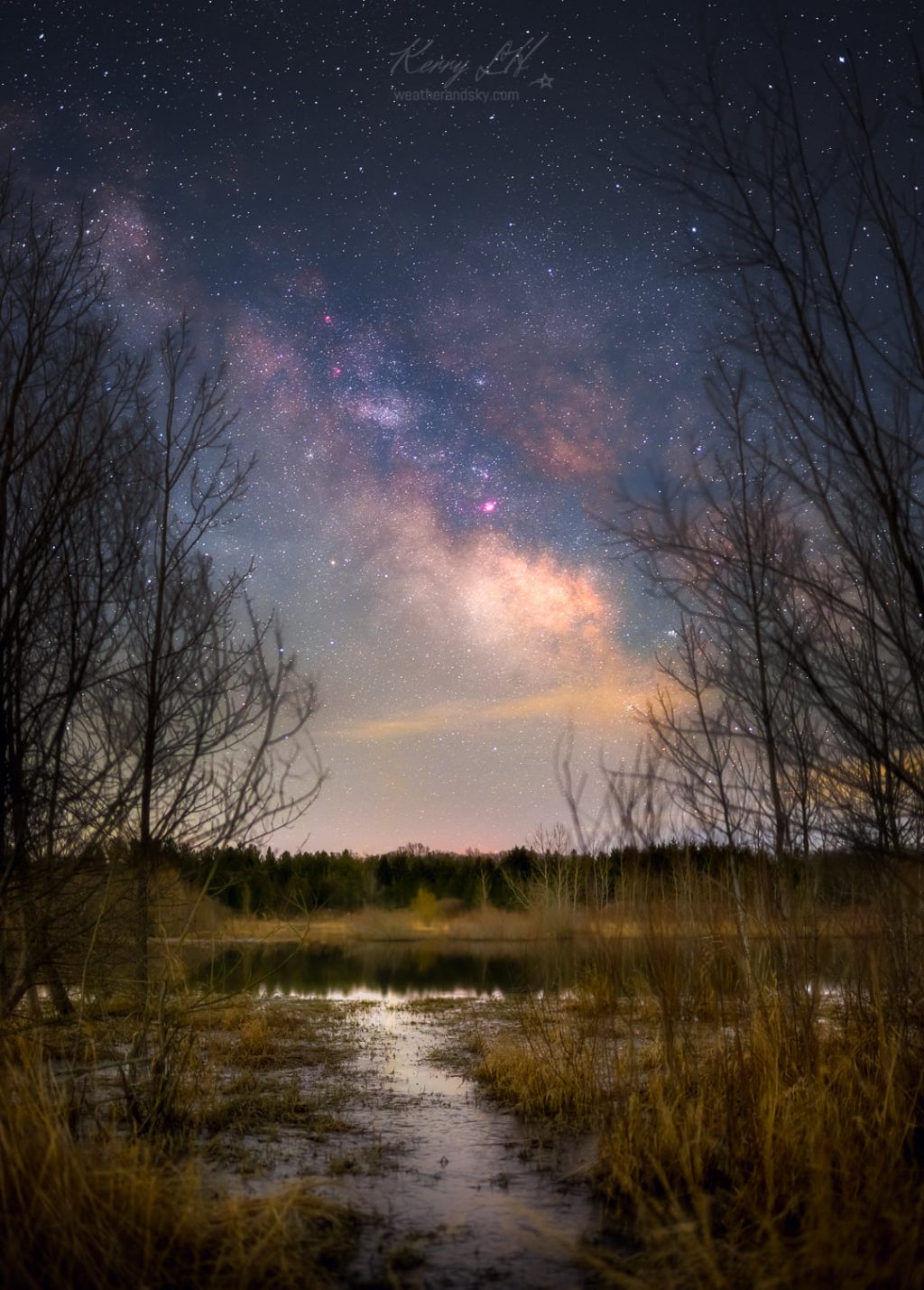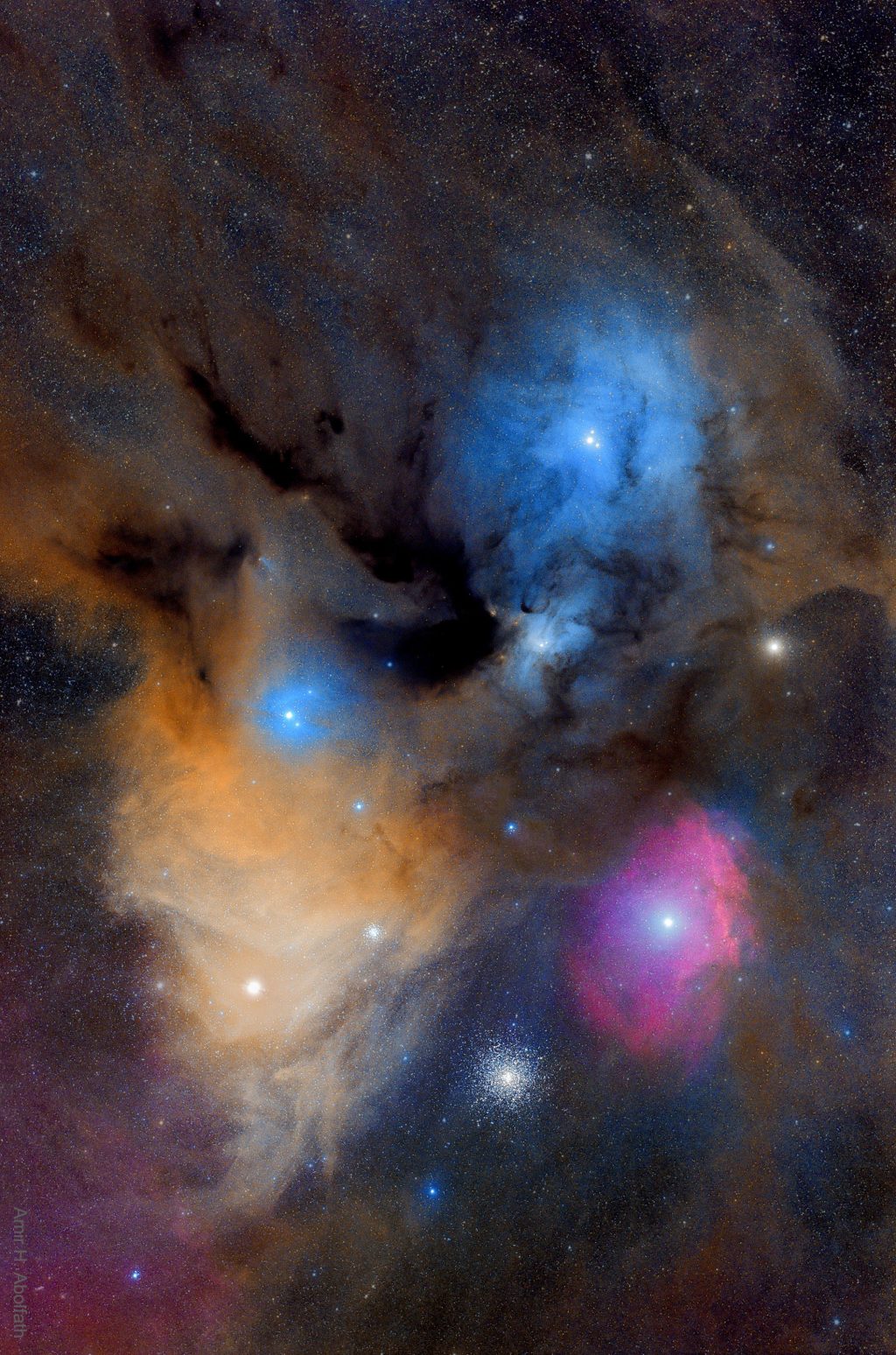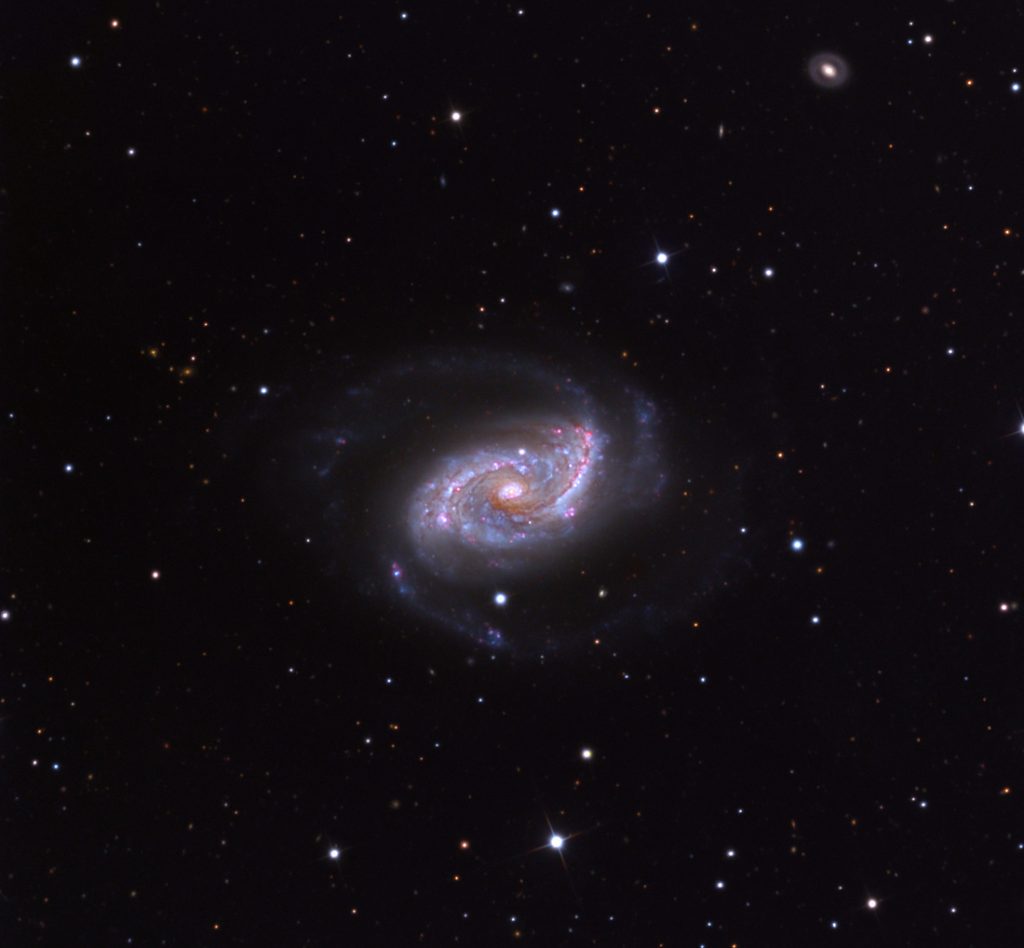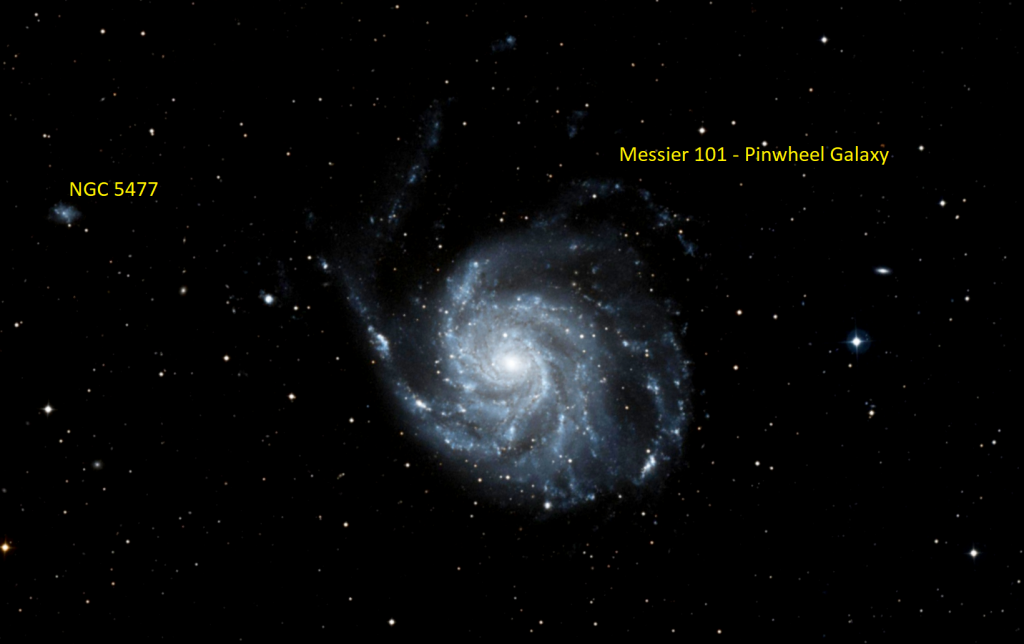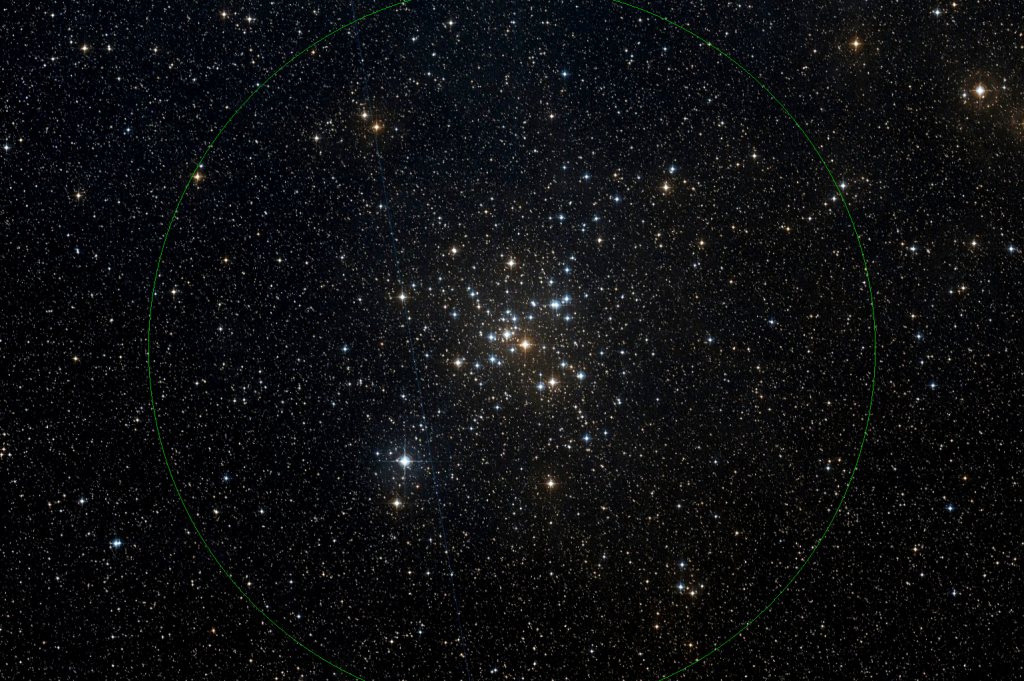The Waning Moon Leaves Evening, Gemini Ejects Meteors, Bright PM Planets, and Cassiopeia’s Best!
Geminids Meteors viewed from Chile, a four-hour composite imaged by Yuri Beletsky at Las Campanas Observatory in 2013. Orion is upside-down at left and the twin stars Castor and Pollux sit near bright Jupiter at centre. NASA APOD for December 8, 2019. Hello, mid-December, Stargazers! Here are your Astronomy Skylights for the week of December…
Read more

